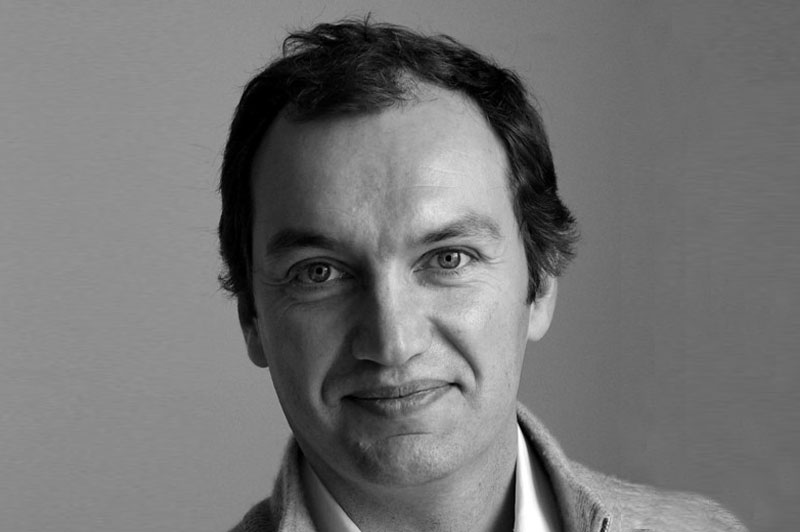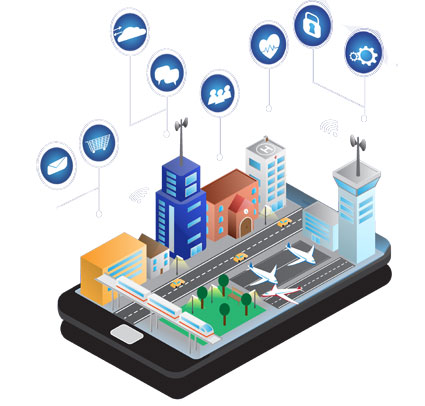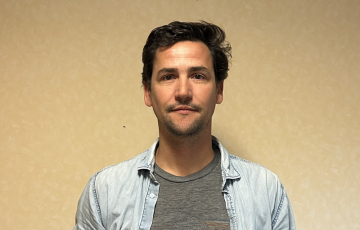Twinlify: a light and dynamic 3D/4D view tool for IoT data

A predictive B-to-B modeling solution simplified thanks to digital twinning
Motion detectors, pressure detectors, smoke detectors... to deal with all the sensors installed in businesses and the information they transmit, Twinlify has designed a simplified tool for viewing IoT data that relies on digital twins. Created in July 2020 in Aix-en-Provence, the start-up moved into the ZEBOX business accelerator and began testing its new platform. Its founder, Stanislas Verley, was advised by Provence Promotion in the region, where he found local actors to provide the support he needed to develop his innovative technology.
The name Twinlify contains two parts: "twin" for digital twin and "-lify" from simplify. The contraction perfectly describes the business of the start-up, which aims to use digital twinning to quickly and simply generate dynamic 3D models based on complex data.
 Twinlify's digital twin is a replica of the real environment in a factory or building and ‒ perhaps in the future ‒ a whole neighborhood or smart city. A digital twin is a computer model that collects and analyzes the information transmitted by connected objects in real time. Its cloud solution distributed in SaaS mode offers companies a highly intuitive, user-friendly view and an optimal user experience when using the data.
Twinlify's digital twin is a replica of the real environment in a factory or building and ‒ perhaps in the future ‒ a whole neighborhood or smart city. A digital twin is a computer model that collects and analyzes the information transmitted by connected objects in real time. Its cloud solution distributed in SaaS mode offers companies a highly intuitive, user-friendly view and an optimal user experience when using the data.
Leveraging IoT, geolocation, artificial intelligence (AI) and machine learning technologies, Twinlify integrates as many parameters as the client wants in its models without sacrificing lightness or usability so that they can be pooled or embedded on mobile phones or tablets. They are great for carrying out on-site maintenance work and for remote management; their use makes it possible to quickly plan preventive actions or corrective actions after the fact.
Although Provence was not originally identified as a suitable region to develop his concept, Stanislas Verley, Twinlify's founder and CEO, shared that he was quite surprised by the vigorous digital sector in the Aix-Marseille-Provence metropolitan area.
Provence: a landing pad for innovative projects
Twinlify was in advanced talks with other French regions when the suggestion was made to consider setting up the business in Provence.
"We did not want to locate our start-up in or around Paris, with its saturated market and diminished quality of life. We wanted to work in a more welcoming environment. In Provence, we found everything to be more open and people were approachable. The presence of large companies with truly strategic growth platforms, more limited but still significant access to decision makers and financiers, the international outlook of Aix-Marseille and its regional projects persuaded us to create our company in Provence," recounts Stanislas Verley, who was impressed by the region's initiatives to promote emerging digital technologies.
A swift and effective business support structure
Thanks to meetings with Provence Promotion and several local players, he became aware of the potential of Aix-Marseille for developing his start-up. "Provence Promotion pitched the region and I quickly met the right contacts. We decided to apply to the ZEBOX accelerator in Marseille so we could take advantage of their dedicated program for growing start-ups and we were accepted. We were also invited to join the ecosystem around thecamp in Aix-en-Provence," boasts Stanislas Verley, who plans to hire a second engineer in France to organize the roll-out.
In the coming months, Twinlify aims to adapt the technological building blocks of its solution to market needs. Twinlify features a user-centric client strategy and can be used by clients for their own needs or for third parties under a white label arrangement.
- Facilities management and corresponding activities related to services, maintenance and technical and administrative management of real estate complexes (safety, sanitation, etc.).
- Asset tracking to monitor and manage equipment, in the fields of health (locating equipment in hospitals, such as beds, wheelchairs, IV drips, etc.) and construction (locating the equipment available at a work site).
- Security & safety to prevent industrial and natural risks and those arising from human malice.


 +33 4 96 11 60 00
+33 4 96 11 60 00







